2024 – CHW
A trip to Burncoose today and in the cash point the amazing herbaceous Hibiscus moscheutos ‘Starry Starry Night’. Enormous flowers and very reddish leaves.
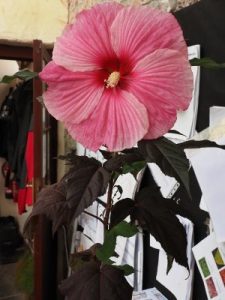
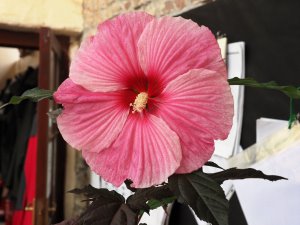
2023 – CHW
Cones forming on Picea abies which has now been exposed to more light after our clearance work in the Rookery.
So what do conclude from 2 days of viewing plants suffering from drought?a) It is not as bad as 1976 YET! Drizzle overnight does help. The Sunday’s rain 7 weeks ago which southern England didn’t receive has been the difference. In 1976 it didn’t rain here from 23rd April until the first week of September.
b) The worst affected plants are the hydrangeas on the drive followed closely by young rhododendrons planted in hottish places in the last year 3 years.
c) In 1976 elderly beech trees were the worst sufferers. This time it is the mature sycamores which have the worst premature leaf drop. We have been seeing elderly sycamores dying of old age in recent years. This process will now accelerate.
d) Watering big leafed rhodendorns (with our own private and plentiful water supply) does work but you have to water hard to get the soil damp enough to get the water to penetrate over a few consecutive days. Nevertheless you cannot begin to water everything so 2022 will see the demise of many 30-40 year old big leafs planted after the 1976 drought.
e) We must take more care with what we plant in full sun and what we plant in dappled shade.So far its really not as bad as I had feared when coming down the drive last Sunday. However a few rare ancient and original Chinese introduced trees will probably pass out more quickly in the next year or two than would otherwise have been the case. Aesculus wilsonii is top of the list and the 3 biggest Pinus insignis look dreadful. I suspect Cornish gardens have fared better than their counterparts in Hampshire, Kent, and other home counties. Exbury and the Savill Gardens can irrigate but they are the exception.https://youtu.be/xur5ezEm7yg
The big leafed rhododendrons in Burncoose Garden have survived the drought better than Caerhays. Burncoose had the benefit of a good few thunderstorms.
2021 – CHWYet more magnolias in flower located today.
Magnolia wilsonii (DJHC 98369) having what I assume is a second flowering. Very fine for late August and I find a Magnolia sieboldii doing the same. I presume the wet summer has led to exceptional extra new growth and we are really seeing next spring’s flowers?
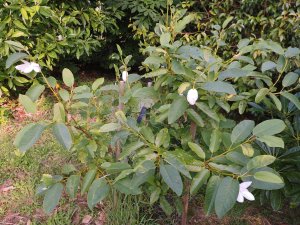
</div?
One of the greatest benefits of not cutting the banks outside the front door this year is only now apparent. A flock of 50 to 70 greenfinches have been feasting on the now dry and ripe knapweed seeds for some days. The flock is quite tame but quickly fly to shelter in trees before individuals rush back to perch on the flower stalks chirping away with delight.
Seed forming after the first flowering this year of Illicium griffithii (WW 711911). Tom Hudson thinks this is incorrectly named but the seed pods are attractive and need collecting when fully ripe.
A nursery visit to take more pictures for next year’s new introductions to the catalogue.The Passiflora edulis fruits are now colouring up.
I wanted to revisit the Lapageria rosea as this plant is now back on our website and we are missing a few pictures. From a distance the flowers look red but they are actually a gentle pink close up. Sometimes the flowers are in trusses and sometimes single. The flowering season is two to three months.
2016 – CHW
Two very different forms of Hydrangea sargentiana. The first looks more like Hydrangea villosa but the bark seems wrong for villosa while the second (seen previously in this year’s diary) has much larger leaves and is nearly over.
The true Hydrangea villosa on the opposite side of the drive is virtually over too.
Not a lot to differentiate the two species in some clones.
2015 – CHW
More heavy rain and the holiday season at its zenith. Typical Cornish summer but wonderful for second growth in the garden. Grass cutting nearly finished but we will definitely need a full second cut after all this rain. Cotoneaster horizontalis putting on its show of orange berries early after the wet weather. A lovely herringbone effect. This climber or groundcover plant used to do the same job as the Rubus tricolor (Korean raspberry) did (see Tuesday 18th August).
Erigerion karvinskianus (mucronatus) opposite the front door is a marvellous plant for semi naturalising in a wall or hedge and self seeds everywhere. It flowers all summer with white flowers turning pink. An absolute must for coastal gardens and a plant which Burncoose sells in hundreds.
1995 – FJW
2 hours rain – no rain for 3 weeks – very hot. Summer supposed to be the driest since early 1700’s.
1986 – FJW
Momma died.
1942 – CW
All 3 big Magnolias on wall have several flowers. Both big Parviflora and the big Sinensis have late flowers and Saluenensis – several Lapagerias and cyclamen. Fuchsias good but feel the heavy rains of the last weeks.
1916 – JCW
The following rhodo’s show flowers or bits of flowers. R flavidum, R fastigiatum – keysii – decorum – Cunninghams yellow – 10333 – intricatum, R spaeranthum.




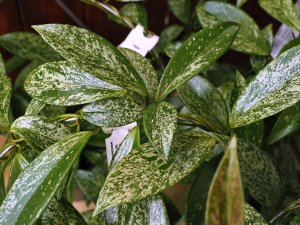
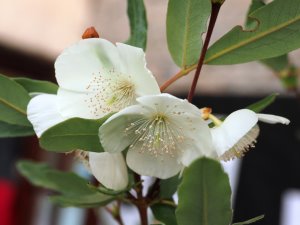
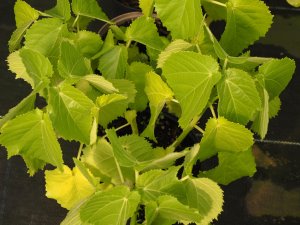
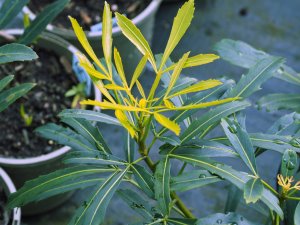
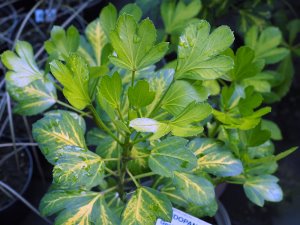
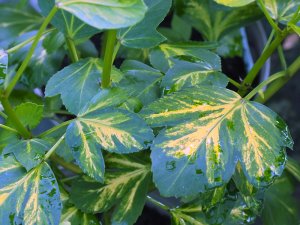
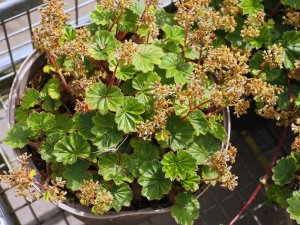
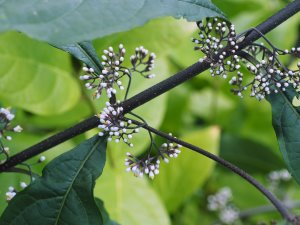
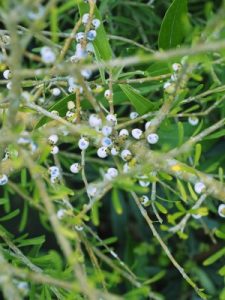
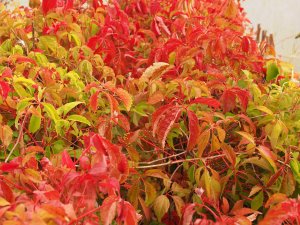
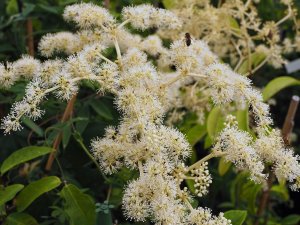
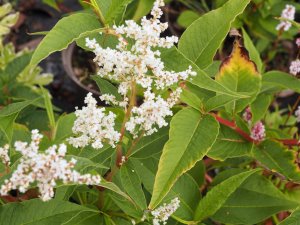
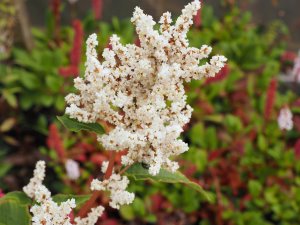
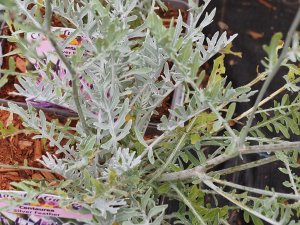
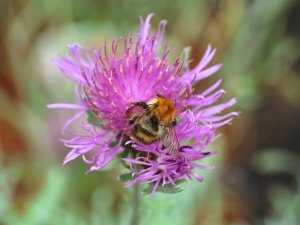
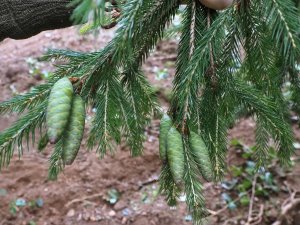

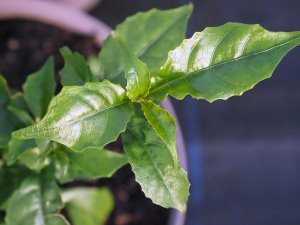
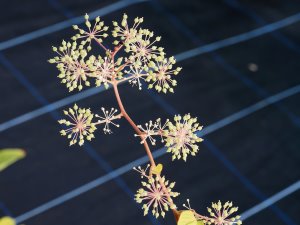
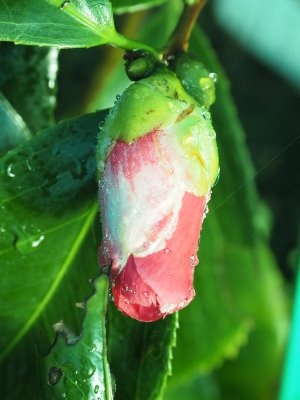
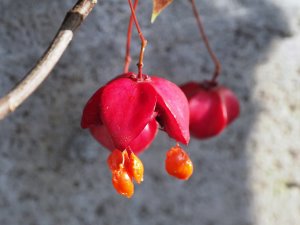
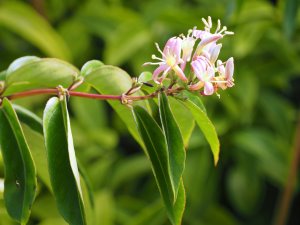
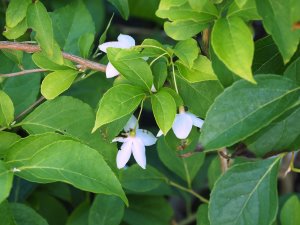
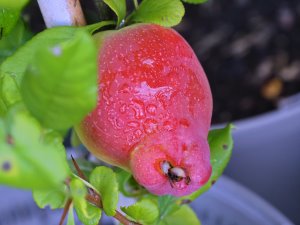
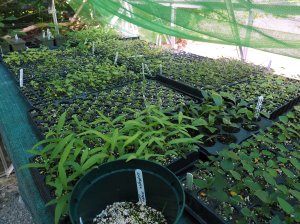
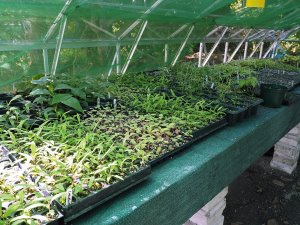
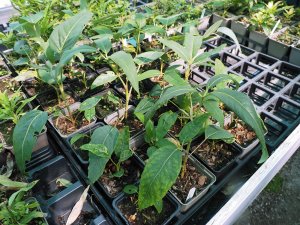
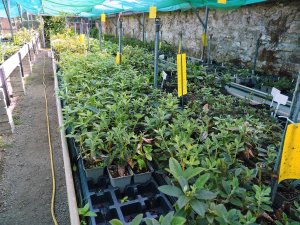
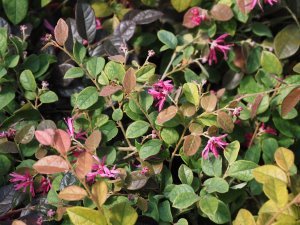
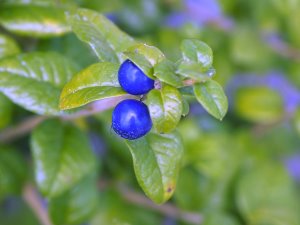
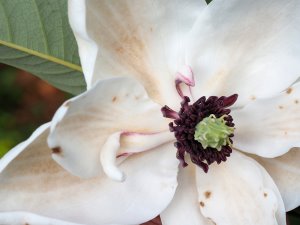
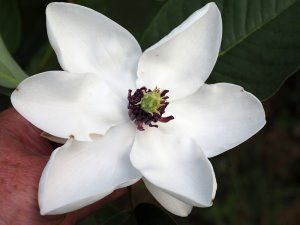
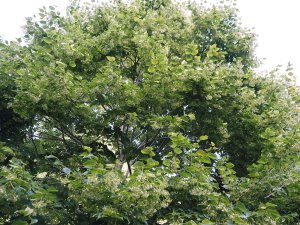
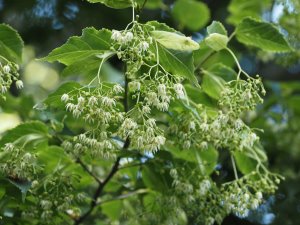
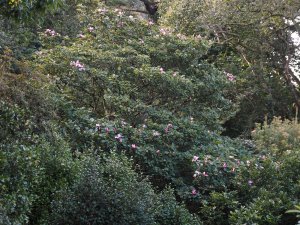
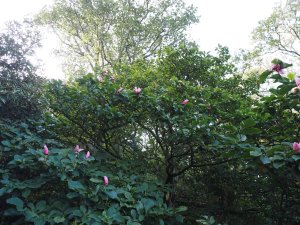
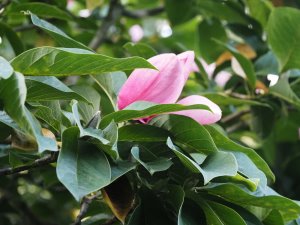
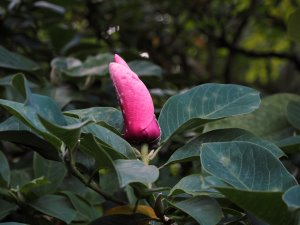
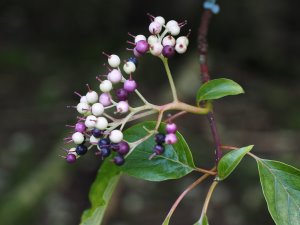
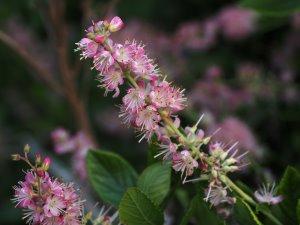
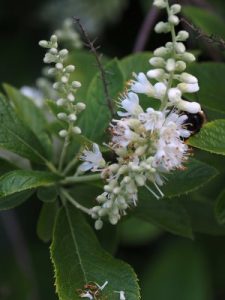
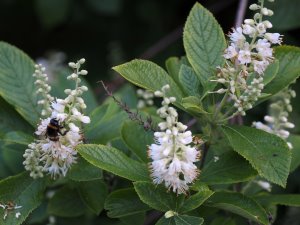
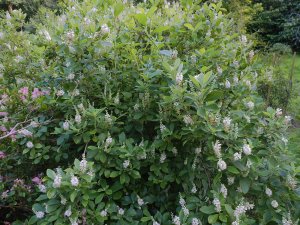
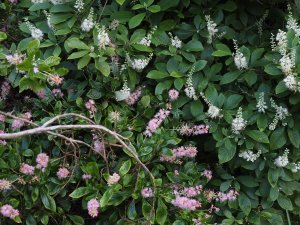
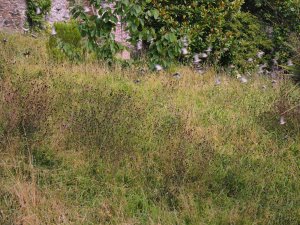

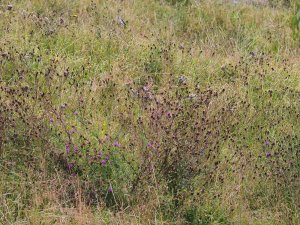
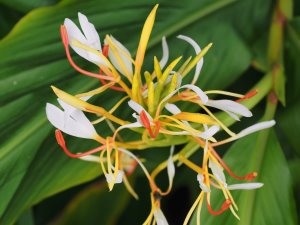
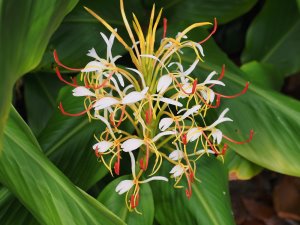
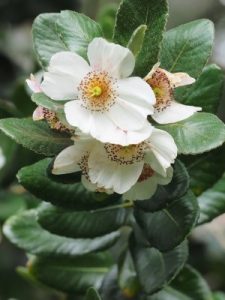
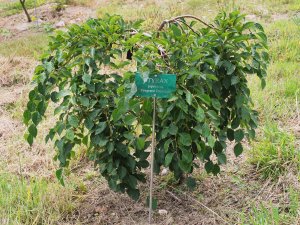
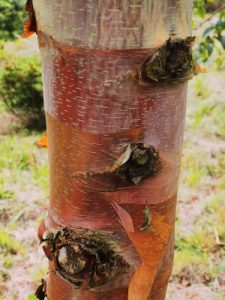
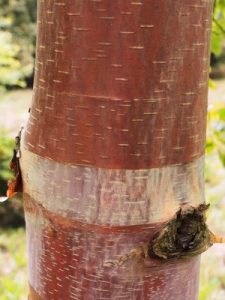
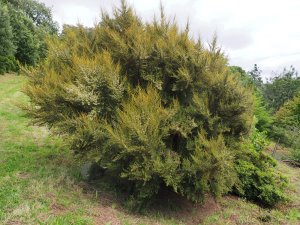
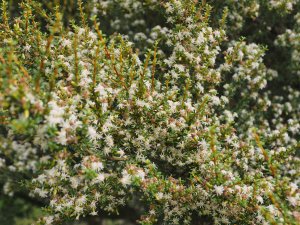
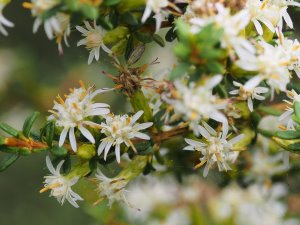
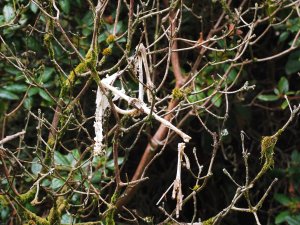
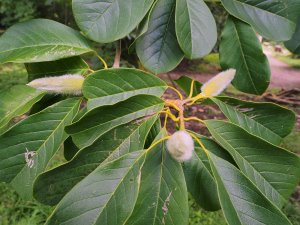
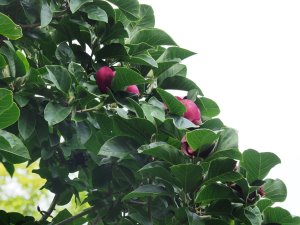
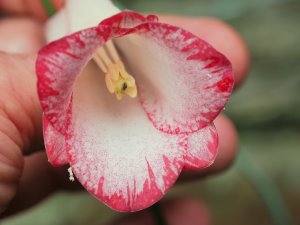
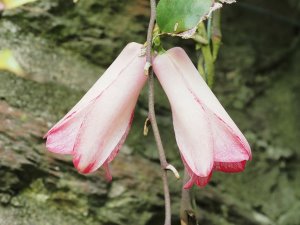
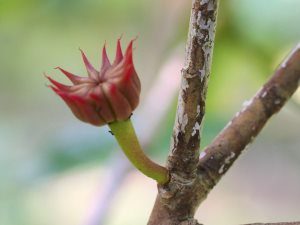
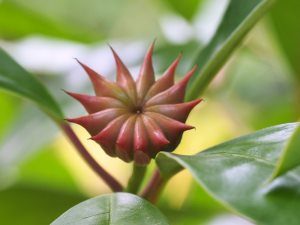
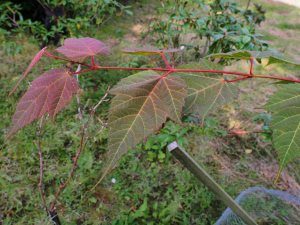
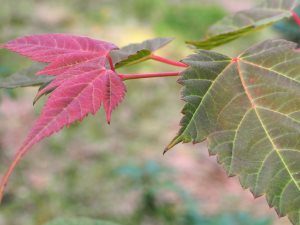
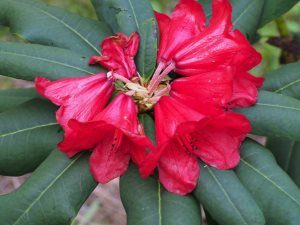
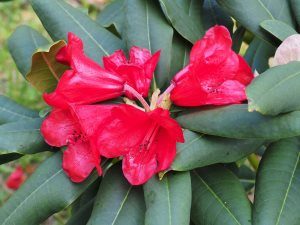
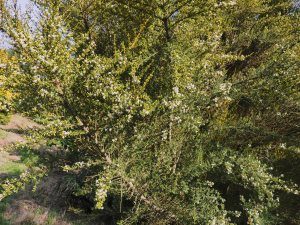
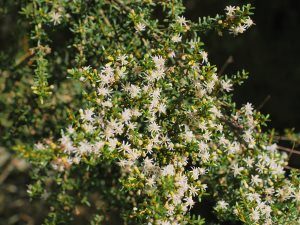
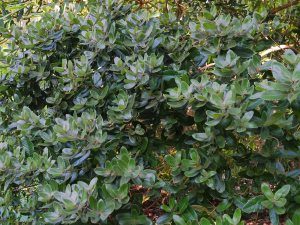
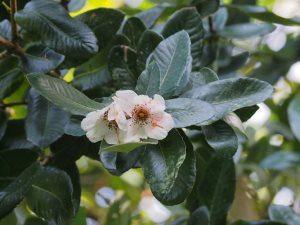
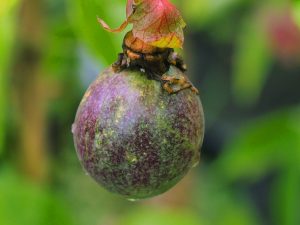
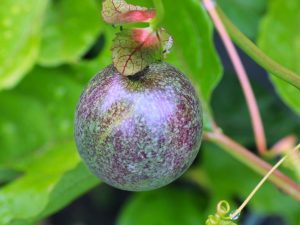
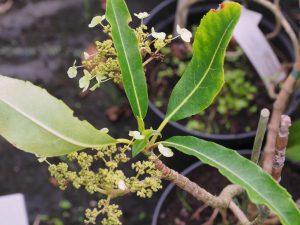
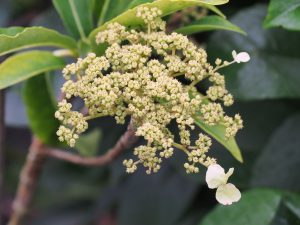
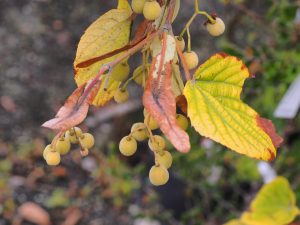
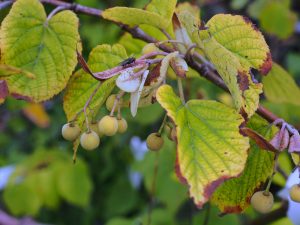
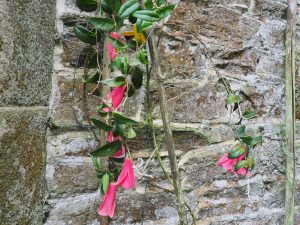
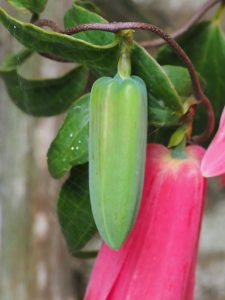
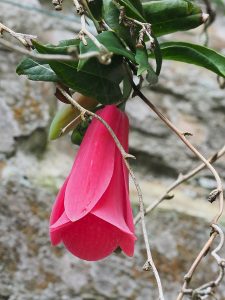
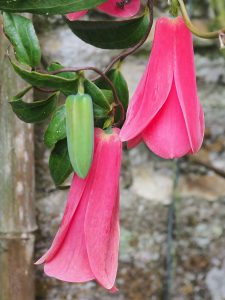
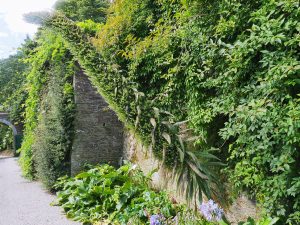
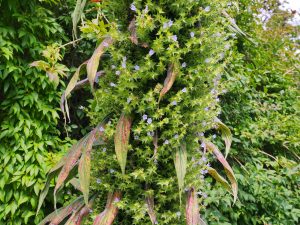
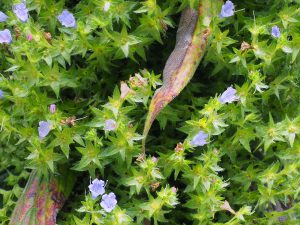
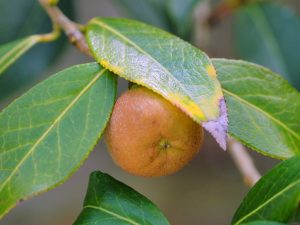
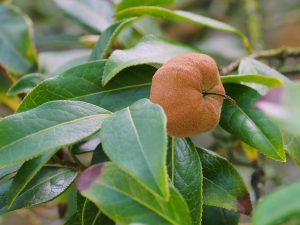
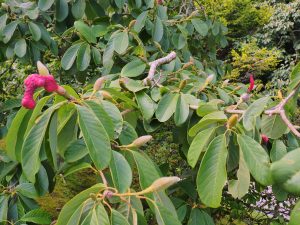
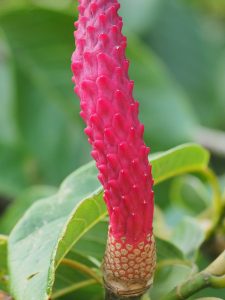
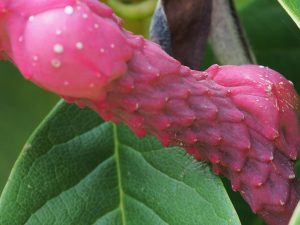
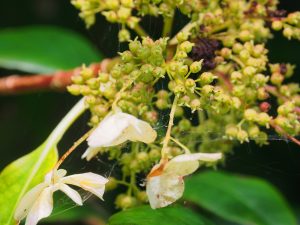
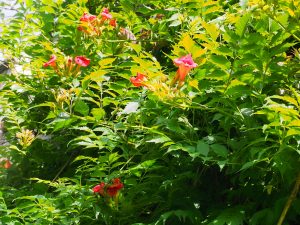
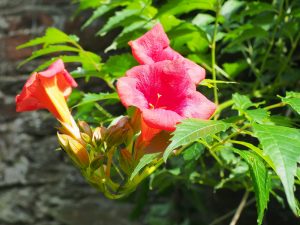
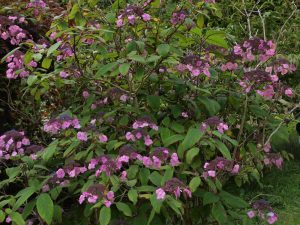
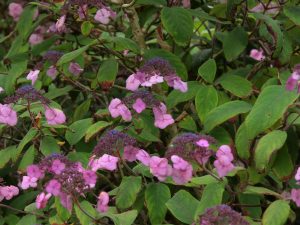
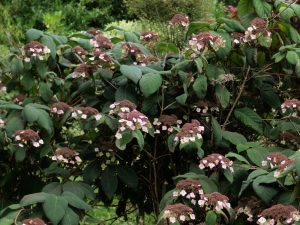
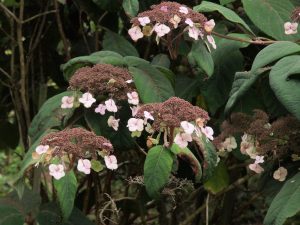
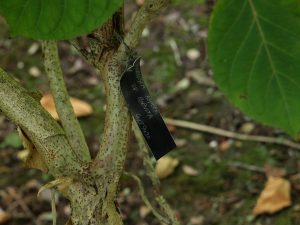
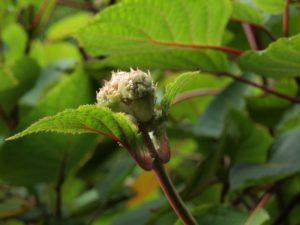
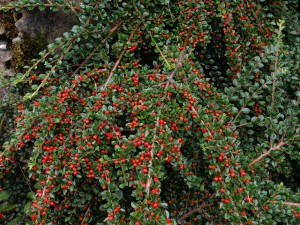
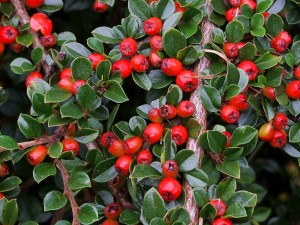
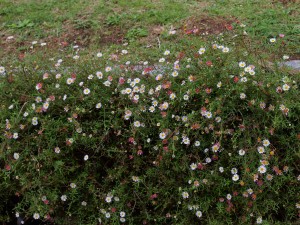
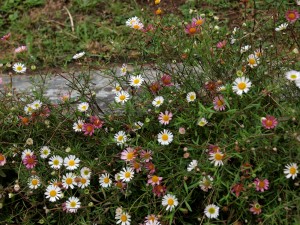
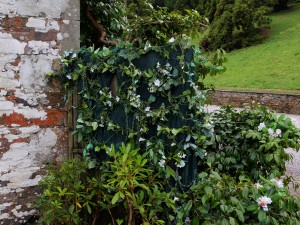
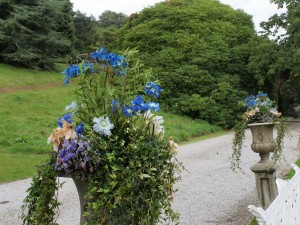


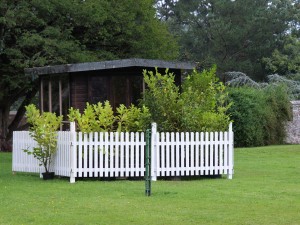
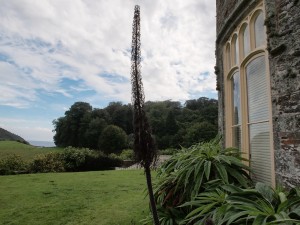
’19 The leaves of Acer sikkimense should be shiny; so this seems to be something else, maybe capillipes?
’17 Campsis radicans is quite a rascal, resprouting even when you cut it back every year; it withstands drought, too.
The Acer fits more into A. stachyophyllum, which is in different forms. Another picture is under 27. August with no. from Crugs, maybe they mixed the names up.